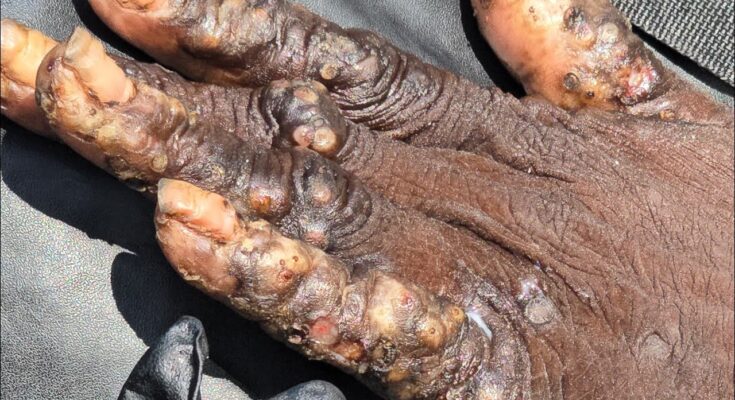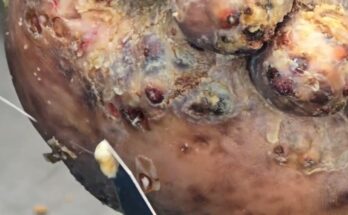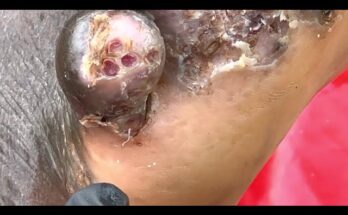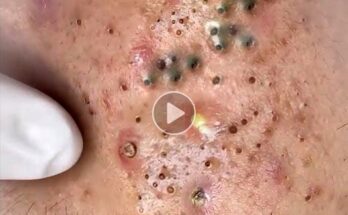Where Does Jigger Digging Affect Human Skin: The Painful Reality of Tungiasis
Jiggers, also known as chigoe fleas (Tunga penetrans), are tiny parasitic insects that burrow into human skin, causing a painful condition called tungiasis. This neglected tropical disease is most prevalent in impoverished communities across sub-Saharan Africa, Latin America, and the Caribbean, where sanitation is poor and people often walk barefoot.
🦶 Target Areas on the Skin
Jiggers primarily attack the feet—especially around the toes, heels, soles, and under toenails. These areas are most exposed to contaminated soil, where the fleas thrive. In severe cases, jiggers may also burrow into the hands, elbows, knees, or buttocks, particularly in children who sit or crawl on infested ground.
Once the female flea penetrates the skin, she buries herself almost entirely, leaving only a small opening to breathe and expel eggs. This causes a painful, itchy lesion that swells as the flea grows. The site typically appears as a white bump with a black dot in the center, which darkens over time.
🔥 Effects on Human Skin
The burrowing action triggers intense inflammation and tissue damage. Symptoms include:
- Severe itching and burning sensation
- Swelling and redness
- Blistering or ulceration
- Difficulty walking or using affected limbs
If not removed properly, the dead flea remains embedded, leading to secondary bacterial infections, abscesses, and in extreme cases, tetanus or gangrene. Chronic infestations can cause permanent skin deformities, social stigma, and even amputation.
👶 Vulnerable Populations
Children aged 5–14, the elderly, and people with disabilities are most at risk. In endemic areas, many children suffer from multiple jigger infestations, making it painful to walk, sleep, or attend school. The condition is not only physically debilitating but also emotionally distressing.
🧼 Treatment and Prevention
Treatment involves careful removal of the flea using sterile tools. In some cases, topical dimeticone-based products like NYDA® are used to suffocate the parasite. Antibiotics may be needed for secondary infections.
Prevention focuses on:
- Wearing shoes
- Improving hygiene and sanitation
- Sealing earthen floors
- Treating infected animals
- Daily foot washing with soap
🌍 A Public Health Challenge
Tungiasis is a zoonotic disease—affecting both humans and animals. Despite its painful and disabling effects, it remains underreported and poorly addressed. A “One Health” approach is needed, combining human treatment with environmental control and animal care.



